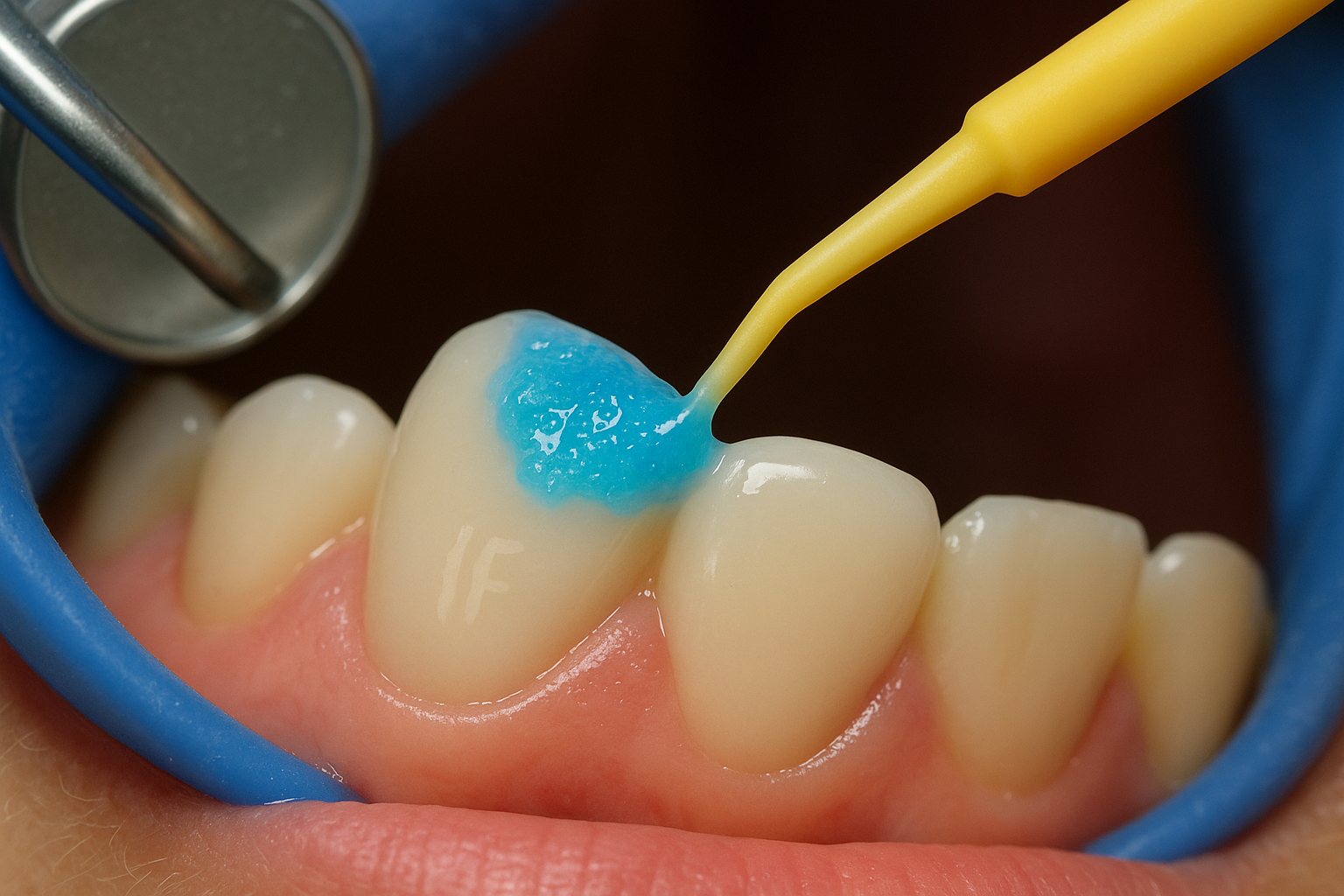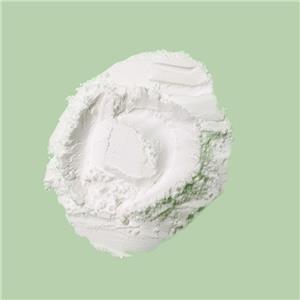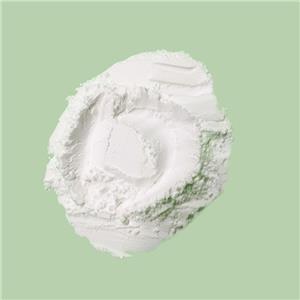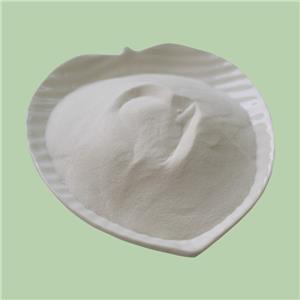The Industrial Applications of Hydrofluoric Acid (HF)
Hydrofluoric acid (HF) is a highly reactive and versatile compound that plays a pivotal role in various industrial processes. Despite its toxicity and corrosive nature, it is widely used across a range of sectors, from metals processing to electronics and petroleum refining. This article delves into the numerous applications of HF in industry, breaking down its uses into specific fields and exploring the chemistry behind these processes.
1、Glass Etching and Surface Treatment
Hydrofluoric acid is famously used for etching glass surfaces. The reactivity of HF with silica (SiO2), the primary component of glass, allows it to form soluble silicon tetrafluoride (SiF4) and water. This process enables the creation of intricate designs, patterns, and labels on glass products, such as windows, containers, and optical lenses.
● Mechanism: HF reacts with silica to break down the SiO₂ into silicon tetrafluoride gas (SiF₄) and water.

● Applications:
① Glassware used in laboratories.
② Decorative etching on windows, mirrors, and glass containers.
③ Microstructuring of glass in electronics and optical industries.

2、Petrochemical Industry: Alkylation and Catalysis
In the petrochemical industry, hydrofluoric acid is used as a catalyst in the alkylation process, which is essential for producing high-octane fuels. The alkylation process involves the reaction of isobutene with butylenes in the presence of HF, producing alkylates that improve the fuel’s performance.
● Mechanism: In the presence of HF, isobutene reacts with other olefins (like butylenes) to form branched hydrocarbons (alkylates), which are used as additives in gasoline.

● Applications:
① Producing high-octane fuel additives.
② Enhancing gasoline quality and performance.
3、Metal Cleaning and Surface Treatment
Hydrofluoric acid is frequently used in metal industries for cleaning and passivation of metals like aluminum and stainless steel. HF removes oxides and contaminants, ensuring a clean surface for further processing, such as coating or painting.
● Mechanism: HF dissolves metal oxides (such as aluminum oxide) by reacting with them to form soluble fluoride complexes.

● Applications:
① Cleaning metal surfaces before coating or painting.
② Passivation of stainless steel to prevent corrosion.
③ Removal of rust from steel or aluminum components.
4、Electronics Industry: Semiconductor Manufacturing
In semiconductor manufacturing, hydrofluoric acid plays a crucial role in the etching of silicon wafers. HF is used to clean silicon wafers and to etch patterns onto the wafer surface, which are essential for creating integrated circuits and other electronic components.
● Mechanism: HF etches the silicon dioxide layer on the wafer surface, allowing for the creation of microelectronic patterns necessary for circuit fabrication.

● Applications:
① Cleaning and etching silicon wafers.
② Preparation of substrates for microchip and circuit board manufacturing.
③ Creation of microstructures on the surface of silicon.
5、Production of Fluorine Compounds
Hydrofluoric acid is a vital precursor in the production of several important fluorine-based chemicals, including refrigerants, Teflon (PTFE), and fluoropolymers. In these processes, HF is used to react with organic compounds or metals to form fluorine-containing products.
● Mechanism: HF is used to fluorinate organic compounds (like hydrocarbons) or metals, producing various fluorinated chemicals.

● Applications:
① Manufacture of Teflon and other fluoropolymers.
② Production of refrigerants like HFC-134a.
③ Creation of fluorine-based specialty chemicals for diverse industries.
6、Dental and Medical Applications
While HF is predominantly known for its industrial applications, it also finds use in the dental and medical fields, specifically for etching dental materials and cleaning medical equipment.
● Mechanism: HF is used to etch dental ceramics and glass-ionomer cements, which improves the adhesion of dental fillings or crowns to tooth surfaces.
● Applications:
① Etching dental materials to enhance bonding.
② Cleaning and preparing medical instruments that require high-precision surfaces.

7、 Inorganic Fluorine Chemistry: Fluoride Salt Production
Hydrofluoric acid is also used in the production of various fluoride salts, such as sodium fluoride, potassium fluoride, and aluminum fluoride. These salts are used in applications ranging from water fluoridation to aluminum smelting.
● Mechanism: HF reacts with metal oxides or salts to form corresponding fluoride salts, which are widely used in different industrial sectors.

● Applications:
① Water fluoridation for dental health.
② Production of aluminum fluoride in aluminum smelting.
③ Use of potassium fluoride in various chemical processes.
Hydrofluoric acid is a multifaceted chemical with extensive industrial applications. Its unique properties make it essential in processes like glass etching, metal cleaning, semiconductor manufacturing, and the production of fluorine-based chemicals. However, the highly corrosive and toxic nature of HF means it must be handled with extreme care, using appropriate safety measures to prevent accidents and environmental damage.
As we move towards more advanced manufacturing and processing techniques, the demand for HF and its derivatives is likely to grow. Industries must continue to innovate while ensuring that safety protocols and environmental standards are strictly followed.




